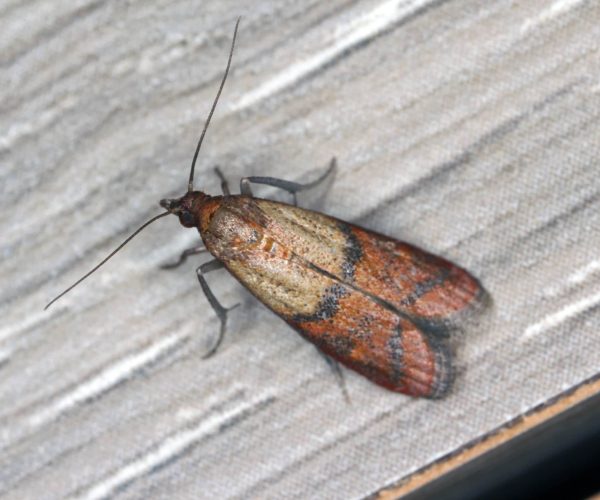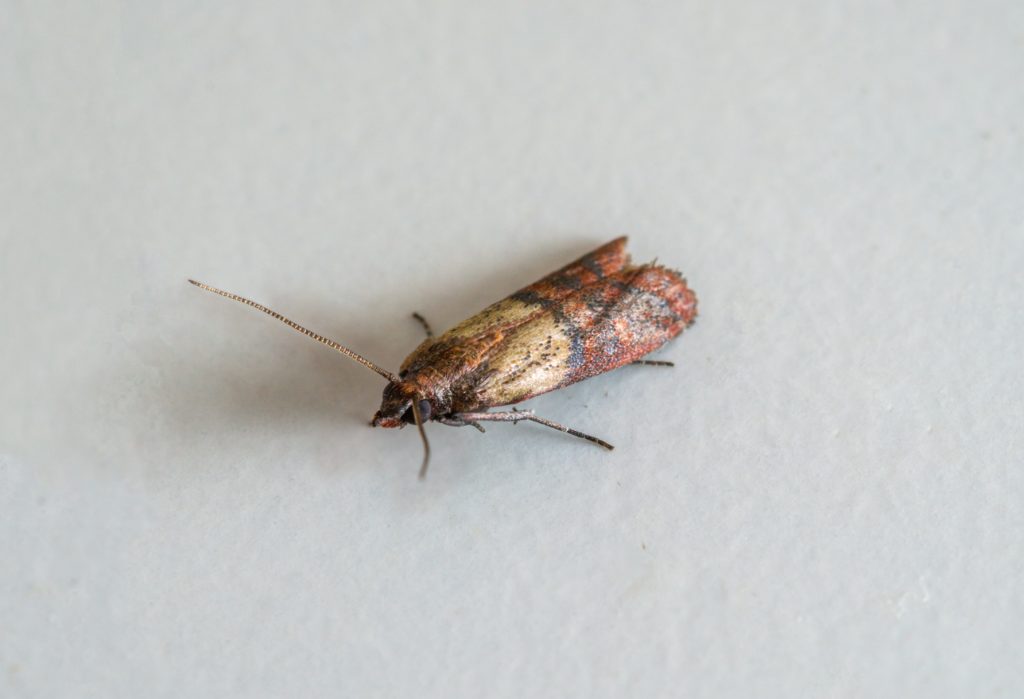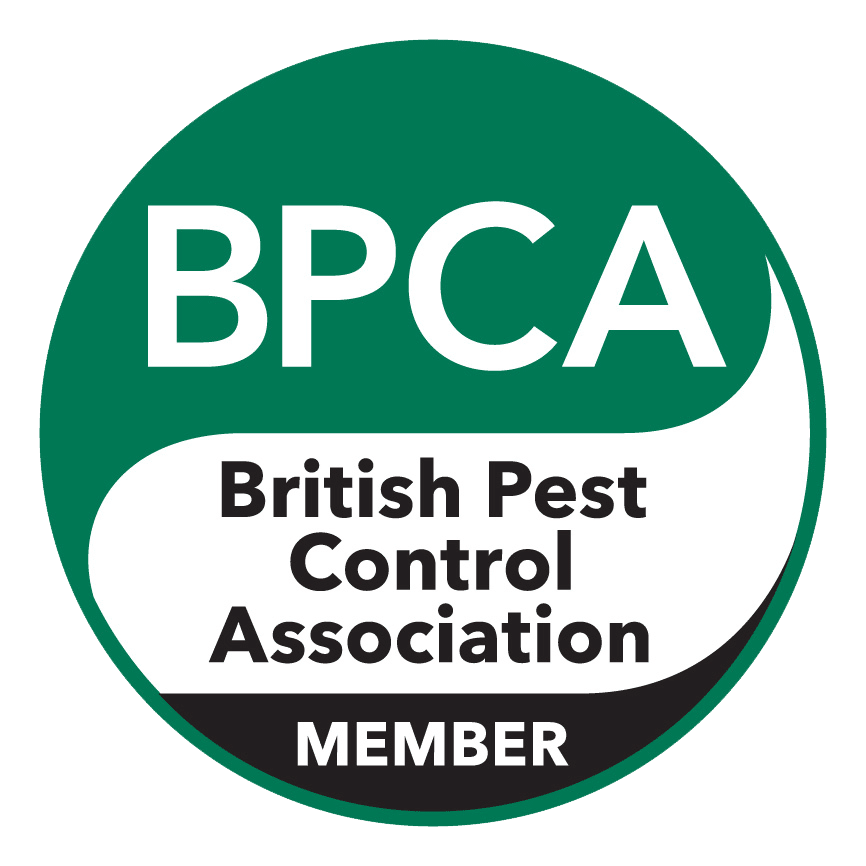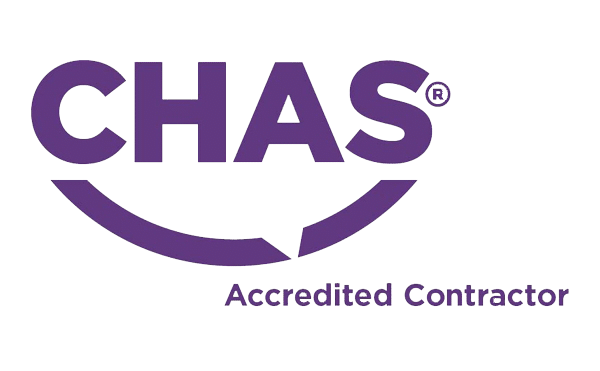
Indian Meal Moths
Facts:
- Name: “Plodia interpunctella”, also known as the pantry moth or flour moth.
- Size: 8-10mm in length with 16-20mm wingspan
- Features: Two-thirds of forewings are reddish-brown with a copper lustre. They can also be bronze or dark grey. Larvae can sometimes be hard to see as mainly white.
- Sustenance: Plant-based & Non-plant foods
- Life expectancy: Long as 300 days, depending on availability and temperature. Adult Indian Meal Moth will live for a maximum of 25 days.
- Reproduction: 25 days
Indian Meal moths breeding sites:
Kitchens will be the primary breeding locations for these moths in your home. They tend to feed off-dry foodstuffs, with us even finding them in spices and mixed herbs! They can also chew through food packaging, making these pests a real mouthful when out of control! There are some common areas in which meal moths are:
- Cereals
- Nuts
- Grain
- Wheat
- Pasta
- Flour
- Dried fruit
- Pet food
- Spices
- Bread


Meal Moth Control For London homes
- Identify: full site survey will be carried out of the affected area, locating all potential sources of the infestation and main infested areas of the site.
- Report: Risk & COSHH assessment followed by a comprehensive report with recommended treatment course of action.
- Treat and monitor: apply residual treatment and undertake light fogging. We will monitor the affected area.
Commercial Meal Moth Control London
- Pet food suppliers: Mercury Pest Control, we have tackled some high infestations of Indian Meal Moths for pet food suppliers in London. Due to storing high-risk items such as dog food and grains, and these insects having the ability to gnaw through packaging, infestation risk can be high. Having a pest control management system in place is imperative for keeping your site in good order from pest activity from the Indian Meal Moth to Mice.
- Offices: kitchen areas in offices can be ideal breeding grounds for Indian Meal Moths, with staff bringing in many types of cereals and other dry foodstuffs. Regular cleaning and Pest Control inspections for your office will ensure there is a low risk of infestation.
- Food Production: use of grains and other dry foodstuffs can make food production sites at risk from these insects. Having good hygiene and a Pest Management system in place is vital to make sure your site ticks all the right boxes when your BRC audit comes round.

Meal Moth Removal London - Frequently Asked Questions
The first step is to complete a deep clean of your property. After this, a professional pest control survey will identify if a residual treatment is required.
There are several areas in your home or business meal moths can lay eggs, for example, in dry food-stuffs, such as cereals. They may lay eggs in the hinges of kitchen cupboards or under kickboards. You may also spot their larvae across the ceiling area of the kitchen or around the units.
No. However, because meal moths can easily harbour in foodstuffs, they may give you an unpleasant experience when eating breakfast in the morning!
No. It is vital to dispose of all infested foodstuffs once they are contaminated.




